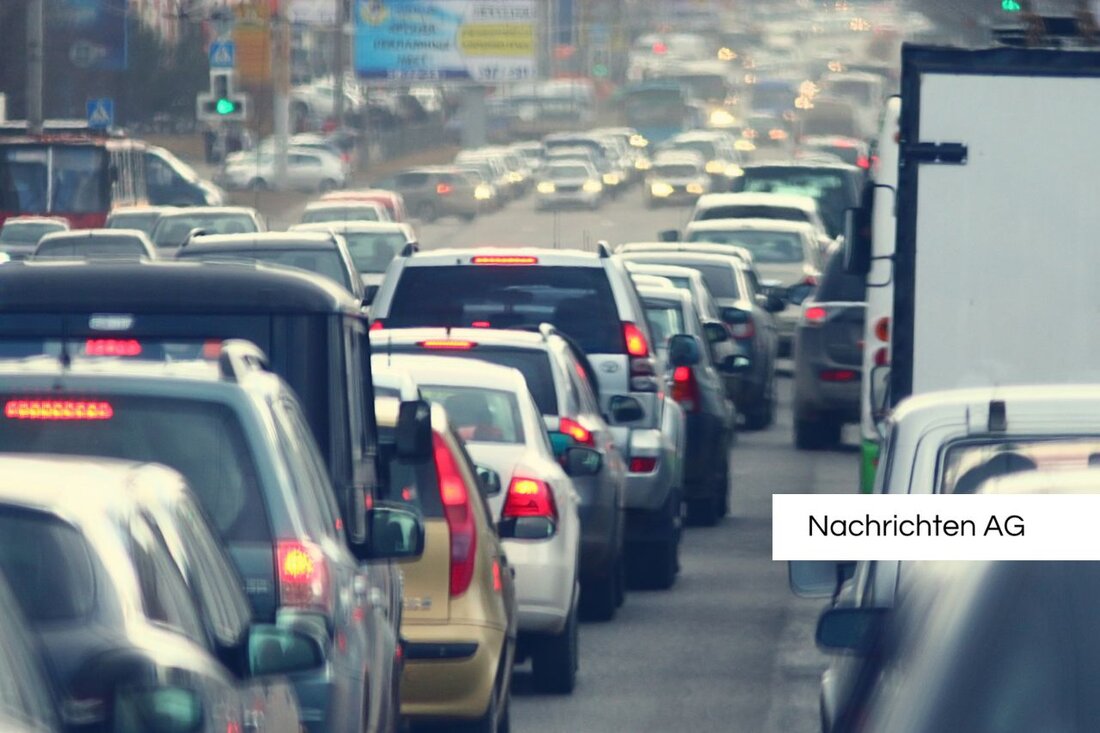Baltic Sea in need: Greasy mucus threatens vacationers and ecosystem!
Baltic Sea in need: Greasy mucus threatens vacationers and ecosystem!
underwater photographer Morten Ramussen, who has been diving in the Baltic Sea for 50 years, has found alarming changes in the marine ecosystem. According to [OE24], the Baltic Sea suffers from a disappointing state, shaped by a slimy, sticky mass that can be found in many places. This algalatic substance not only damages the ecosystem, but is also fatal to numerous sea creatures. There is no life visible under the dense layer of algae - neither fish nor plants. Instead, there is a sandy sea floor that offers hardly any living conditions due to the blockade of light.
The problem of the Baltic Sea has been known for decades and is described as ecological-tipping. The algae carpets, which mainly consist of thread -like brown algae, are a result of the increasing sea temperatures and climate change. Rasmussen reports that these algae have fatal consequences because they stick unpleasant experiences on diving suits, breathing devices and cameras.
causes and effects of the algae flower
As explained [Federal Environment Agency], the growth of the algae is closely linked to the nutrient pollution by humans. A large supply of nutrients, especially nitrogen and phosphorus, ensures that algae flowers in the Baltic Sea increase significantly. These flowers cause oxygen to be used after their dying, which ends in the so -called "death zones" in the sea floor, in which higher life is no longer possible.
The expansion of these death zones has increased by ten times in the past 100 years. The reason for this is stagnating conditions in the deep water, which has a border between brackish, oxygen -rich water and more salt -grown water at a depth of about 60 meters. This limit hinders the exchange of substances, including oxygen, and thus reinforces the problem of eutrophication.
the need for measures
The Situation urgently requires attention to avert future damage. In order to counteract the massive algae blossom and the associated negative effects, it is crucial to reduce nutrient intake. This is the only way to counteract future increase in algae flowers and their consequences that affect the ecological balance in the Baltic Sea.
In summary, it can be said that the worrying state of the Baltic Sea has an impact on both the marine biodiversity and the recreational opportunities for vacationers. The observations of photographers such as Morten Ramussen throw a critical light on the ecological changes, which urgently need to be tackled in order to secure the health of this unique sea. After all, the Baltic Sea is one of the problem children under the oceans, especially due to the influences of the surrounding industrialized countries and global global warming.| Details | |
|---|---|
| Ort | Ostsee, Deutschland |
| Quellen | |


Kommentare (0)